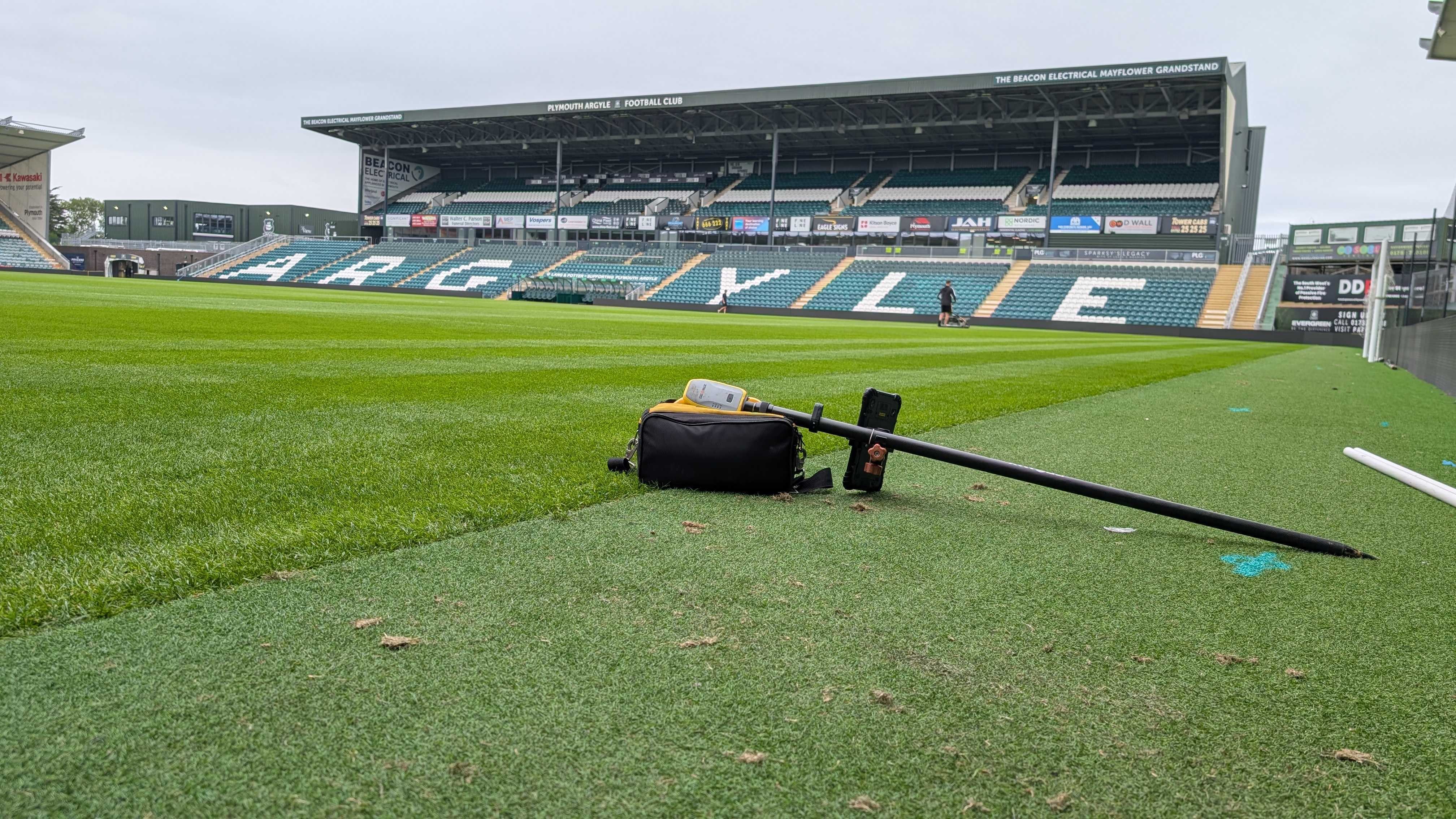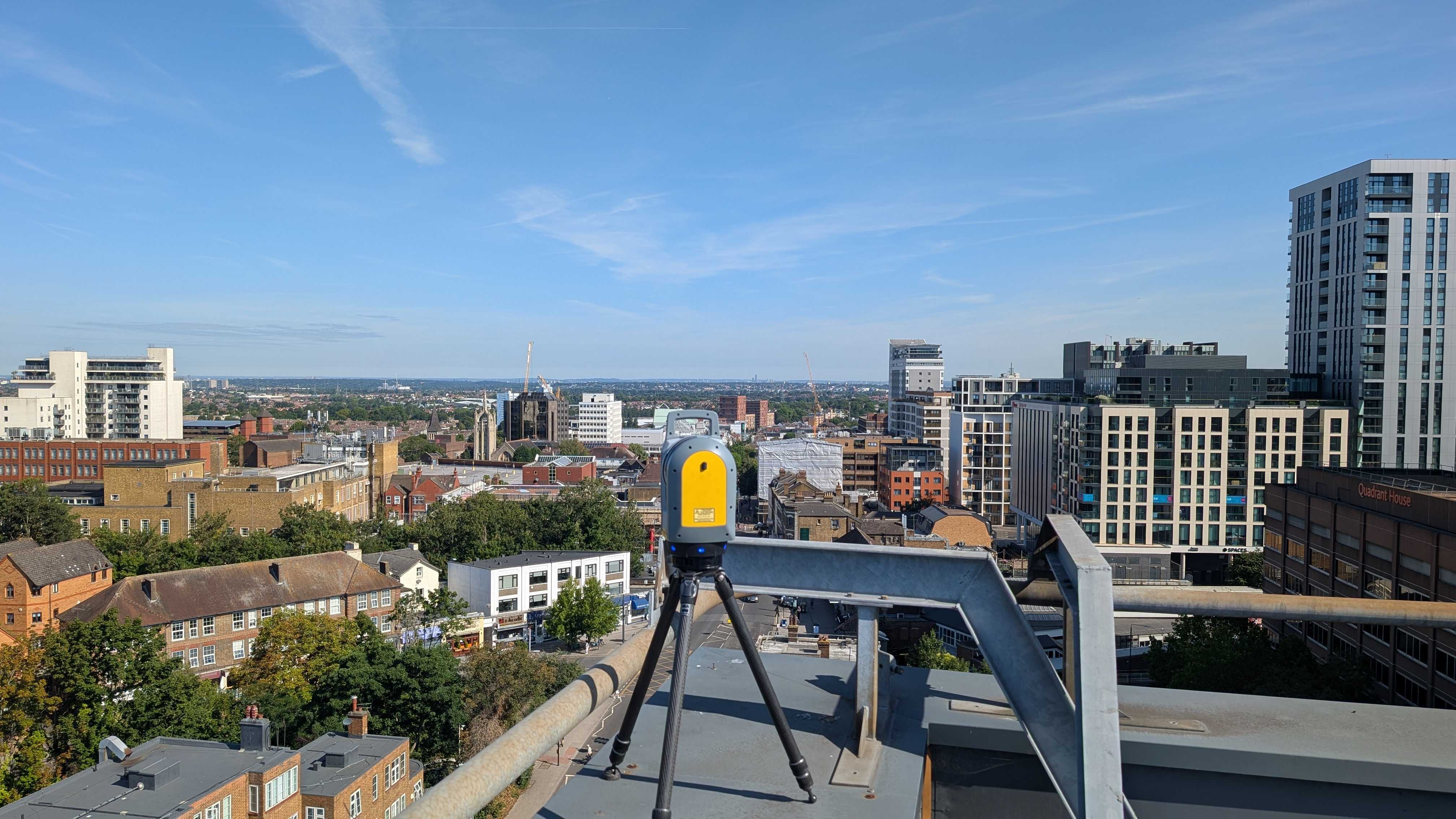This complete guide to Structural Monitoring Solutions brings together a series of detailed blogs that cover every aspect of structural monitoring, from understanding its fundamental principles to exploring the latest technological advancements.
Whether you’re an engineer, project manager, or decision-maker, this comprehensive resource will provide you with the knowledge needed to implement effective monitoring strategies, tailor systems to your specific needs, and stay ahead of emerging trends in the industry.
Each topic is covered in sections below, with a link to an extended blog in each title, to make it easy to locate the information you need!
- Understanding Structural Monitoring: What It Is and Why It Matters
Learn the basics of structural monitoring, its importance, and how it ensures the safety and stability of infrastructure.
- The Benefits of Real-Time Structural Monitoring for Construction Projects
Discover how real-time monitoring can prevent delays and reduce costs by detecting potential issues early in construction.
- How Advanced Survey Instruments and Methods Enhance Structural Monitoring
Explore the latest technologies in structural monitoring that provide accurate and reliable data for better decision-making.
- Decoding Structural Monitoring Data: A Guide to Key Measurements and Their Significance
Understand key measurements in structural monitoring and how to interpret them to assess a structure's condition.
- Innovative Uses of Structural Monitoring: From Buildings to Tunnels
See how structural monitoring is applied across various infrastructure types, enhancing safety and stability.
- Mitigating Risks with Structural Monitoring: How Early Detection Can Save Time and Money
Learn how early detection through monitoring can prevent costly issues and ensure project success.
- Choosing The Best Structural Monitoring System For Your Needs: A Guide
Find out how to select the most appropriate structural monitoring system tailored to your specific project requirements.
- The Future of Structural Monitoring: Trends and Innovations to Watch
Stay ahead of the curve by exploring the latest trends and innovations that are shaping the future of structural monitoring.
1. Understanding Structural Monitoring: What It Is and Why It Matters
Structural monitoring is the practice of continuously observing and analysing a structure’s condition to ensure its safety and stability over time. It involves the use of advanced tools and techniques to measure various factors, such as movement, stress, and environmental conditions, providing real-time data that helps predict potential issues before they escalate.
The importance of structural monitoring cannot be overstated. By offering a detailed understanding of a structure’s behaviour, it enables stakeholders to make informed decisions, optimise maintenance efforts, and ensure compliance with safety standards.
2. The Benefits of Real-Time Structural Monitoring for Construction Projects
Real-time structural monitoring offers significant advantages during construction projects by providing continuous data collection and analysis. This immediate feedback allows for the early detection of potential issues, such as shifts in structural integrity or unexpected stress, which can be addressed before they develop into major problems.
In addition to enhancing safety, real-time monitoring also improves cost-effectiveness. By providing accurate, up-to-the-minute data, it allows project managers to make timely, informed decisions that keep the project on track and within budget.
3. How Advanced Survey Instruments and Methods Enhance Structural Monitoring
Advanced survey instruments and methods have revolutionised structural monitoring by providing unprecedented accuracy and reliability in data collection. Tools like laser scanners, total stations, and GPS systems allow for precise measurements of movement and deformation, often within millimetre accuracy.
The use of these advanced tools not only improves the accuracy of monitoring but also enhances the overall effectiveness of structural health assessments. By employing state-of-the-art equipment and innovative techniques, structural monitoring becomes a more robust and reliable process, reducing the likelihood of errors and ensuring that potential issues are identified and addressed promptly.
4. Decoding Structural Monitoring Data: A Guide to Key Measurements and Their Significance
Understanding structural monitoring data is crucial for assessing a structure's health and stability. Key measurements, such as Eastings (lateral movement), Northings (longitudinal movement), and Elevation (vertical movement), provide insights into how a structure is shifting over time. These metrics help identify potential issues like ground settlement or structural stress, which could lead to failures if not addressed promptly.
Interpreting this data correctly is essential for making informed decisions about maintenance and repairs. By breaking down these key measurements and their significance, this guide helps non-experts understand how to evaluate a structure’s condition and anticipate problems before they become critical, ensuring long-term safety and stability.
5. Innovative Uses of Structural Monitoring: From Buildings to Tunnels
Structural monitoring is not limited to one type of infrastructure; its applications span across various projects, from towering buildings to complex tunnel networks. In buildings, monitoring ensures that any shifts or stresses are detected early, preventing issues like foundation settling or structural fatigue.
The versatility of structural monitoring solutions allows them to be tailored to specific project needs, whether it's maintaining the stability of a high-rise during construction or ensuring the long-term integrity of an underground transit system. This adaptability makes structural monitoring a critical tool across diverse infrastructure projects, enhancing safety and stability regardless of the environment or complexity of the structure.
6. Mitigating Risks with Structural Monitoring: How Early Detection Can Save Time and Money
Early detection through structural monitoring is key to mitigating risks and avoiding costly issues in construction projects. By continuously tracking a structure’s behaviour, potential problems—such as unexpected movements or stress—can be identified before they escalate into major failures.
Investing in early detection not only enhances safety but also delivers significant cost savings. By catching issues early, resources can be allocated more efficiently, preventing the need for extensive repairs and ensuring projects stay on schedule and within budget.
7. Choosing The Best Structural Monitoring System For Your Needs: A Guide
Selecting the right structural monitoring system is crucial for ensuring the success of your project. Different projects require different approaches—what works for a high-rise building may not be suitable for a tunnel or bridge. This guide outlines key factors to consider, such as the type of structure, environmental conditions, and specific monitoring goals, to help you choose the most effective system.
By understanding your project's unique needs, you can tailor your monitoring strategy to ensure accurate data collection, timely issue detection, and effective risk management.
8. The Future of Structural Monitoring: Trends and Innoations to Watch
The field of structural monitoring is rapidly evolving, with new technologies and innovations shaping its future. Emerging trends include the use of AI and machine learning for predictive analytics, advanced sensors for more precise data collection, and the integration of IoT devices for real-time monitoring across vast infrastructure networks.
As these technologies develop, they will enable even more effective risk management and decision-making, allowing for earlier detection of potential issues and reducing the need for costly interventions.
Structural monitoring solutions are indispensable in today's construction and infrastructure business. From ensuring safety and stability to enabling proactive risk management, these technologies play a vital role in the lifecycle of any structure. This comprehensive guide has explored the various aspects of structural monitoring, including its fundamental principles, advanced technologies, and diverse applications across different types of projects.
At Intersect Surveys, we are committed to selecting the right system for your needs and staying ahead of emerging trends.
Get in touch today!








